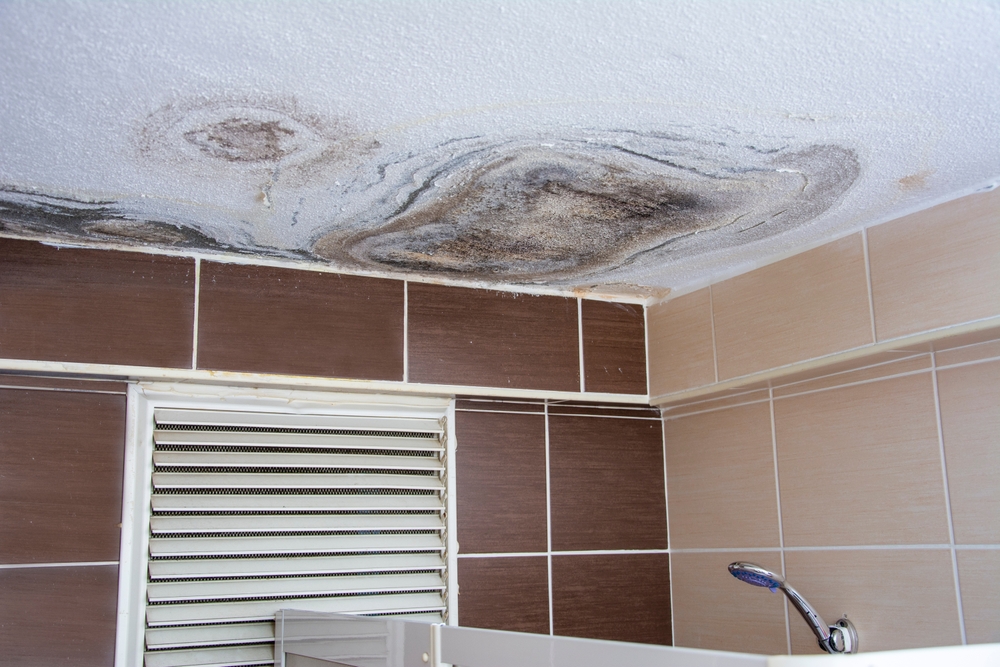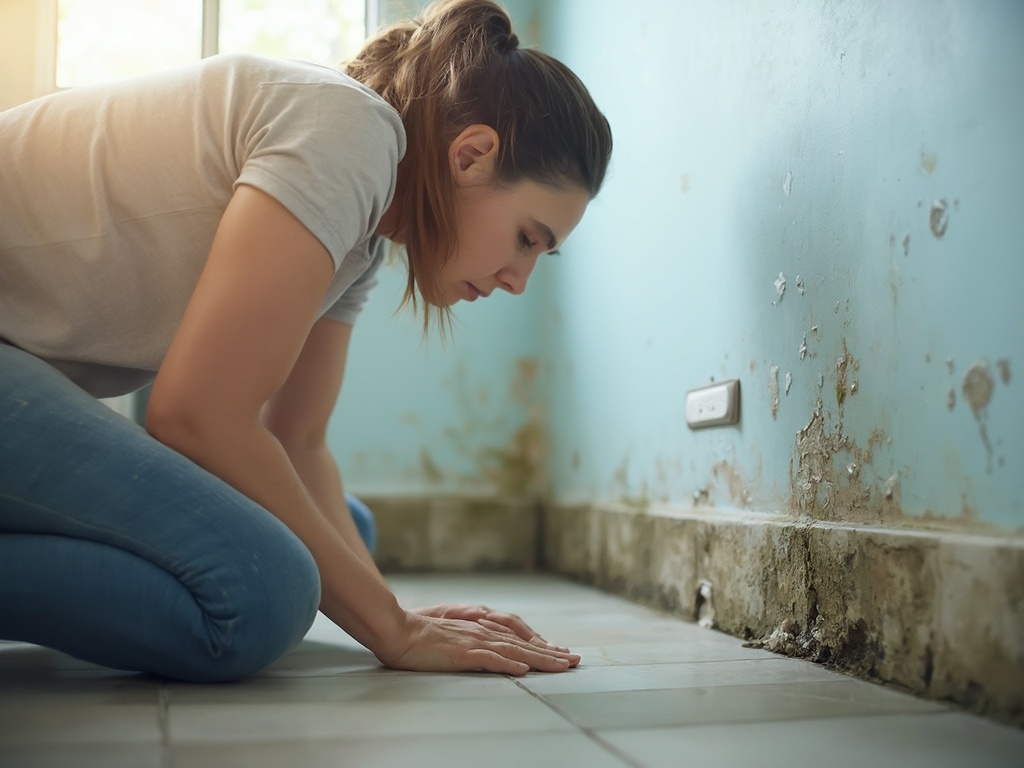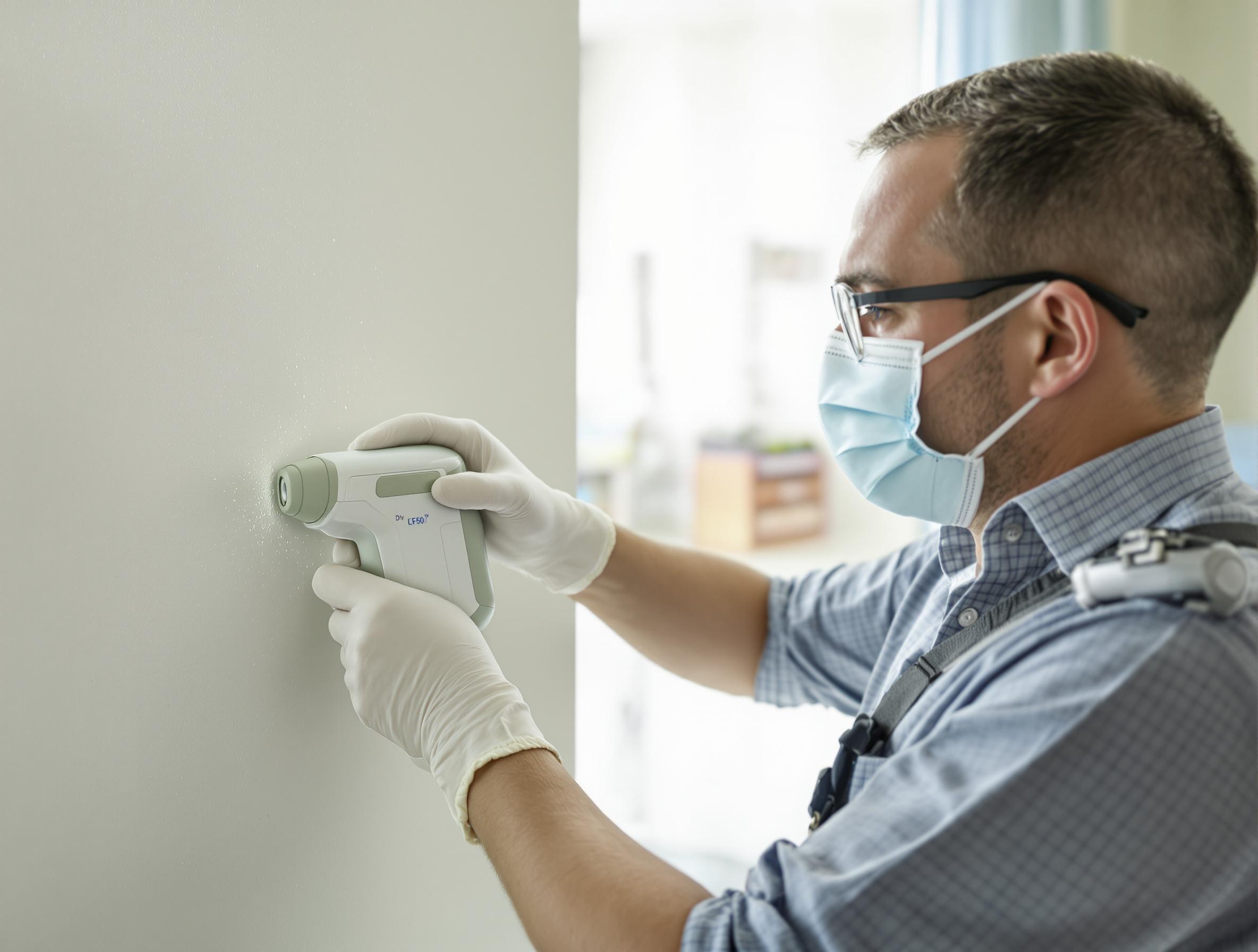Mold: Restoring your health step by step

Mold exposure can lead to a wide variety of health issues such as chronic fatigue, chronic sinus and allergy symptoms, brain fog, digestive issues, unexplained rashes and headaches, just to name a few. Because mold illness can look very different depending on the person, accurate diagnosis and effective treatment is essential. Diagnosis typically involves a thorough review of the patient’s history as well as specialized testing to identify mold-related reactions and infections.
Mold Testing

Diagnosing mold exposure involves identifying mold illness symptoms and understanding the complex nature of mold-related issues, as well as getting proper testing. A toxic mold illness diagnosis is often confirmed through patient history, physical examinations, and specific tests to detect mold-related antibodies and chronic sinus issues related to mold exposure.
Awareness of indoor mold health risks is essential for timely and effective diagnosis. It is crucial to partner with a mold specialist doctor who recognizes the impact of toxic mold exposure and is trained to identify and treat mold-related health problems. Discovering mold as the root cause of unexplained symptoms and receiving proper treatment can be a breakthrough toward wellness and healing.
Mold Testing: How to make the diagnosis
- Mycotoxins This blood test detects IgG and IgE antibodies to 12 mycotoxins, providing 24 results in all. These toxins are responsible for an immune reaction which can affect the entire body.
- Nasal Swab This test detects localized infections in the nasal passages and sinus cavities caused by mold exposure.
- General Labs General labs allow us to understand the extent of your mold disease. These labs also monitor your health and allow us to safely treat your mold illness.
Mold Testing: Benefits of blood testing vs. urine testing
Accurately detecting mycotoxins is crucial for proper diagnosis and treatment of toxic mold illness. Blood antibody testing for mycotoxins offers several advantages over urine testing. While urine mycotoxin levels fluctuate throughout the day in response to food and water intake, blood mycotoxin antibody levels provide an accurate picture of the current immune response to mycotoxins. This makes blood testing the superior method for evaluating mold exposure and its health effects. Blood testing is combined with nasal swab testing for a complete evaluation. Mold Nasal Swab Testing is a reliable method, particularly for identifying the presence of harmful mold species and associated biofilms in the nasal passages. This testing is especially relevant for conditions like MARCoNS (Multiple Antibiotic Resistant Coagulase Negative Staphylococci), which often co-exist with mold exposure and can exacerbate symptoms such as chronic sinusitis.
Comprehensive Treatment Plan for Mold-Related Illnesses
Removal from Exposure
Effective mold illness treatment focuses on eliminating the underlying cause by removing environmental exposure to toxic mold, and then targeting mycotoxins in the body, both locally and systemically. Environmental treatment strategies include remediating any mold found in the home, using air purifiers to improve indoor air quality, and preventing water leaks to reduce repeated mold exposure. Mold removal and home maintenance are critical steps to eliminate the source of the problem.

Immune System Boost
- Vitamin D3, C, and B Complex Supplements: These vitamins support overall immune function and help in recovery from mold exposure.
- Melatonin: Known for its antioxidant properties, melatonin can aid in reducing inflammation and supporting immune health.
- Probiotics and Diet: A balanced gut microbiota is crucial. Probiotics can help restore healthy gut bacteria, which is often disrupted by mycotoxins. A diet rich in antioxidants and low in inflammatory foods is recommended.

Detoxification:
- Binders: Cholestyramine or Welchol are often used to bind mycotoxins in the gut and prevent their reabsorption. However, these should be used cautiously as they can bind essential nutrients as well. Alternatives such as activated charcoal or selective binders may be recommended instead.
- Glutathione: This powerful antioxidant helps detoxify the body from mycotoxins. NAC (N-acetyl cysteine) can boost glutathione levels naturally. However, it should be avoided in patients who test positive for a specific mycotoxin called gliotoxin. We prefer a personalized approach rather than one-size-fits-all.
- Activated Carbon Filters: Using these filters in the home can help remove mycotoxins from the ambient air.
Antifungal and Antimicrobial Treatments:
- BEG Nasal Spray: This combination of mupirocin, gentamicin, and EDTA is effective against MARCoNS and other biofilm-forming bacteria. Depending on your nasal swab results, your provider may recommend an alternative custom compounded nasal spray. This is a crucial component in treating chronic sinus infections associated with mold exposure.
- Antifungal Medications: Depending on the specific type and degree of mold and mycotoxins involved, antifungal medications may be prescribed to reduce the fungal load in the body.

Symptom Management:
- Neurological Support: For neurological symptoms, treatments such as IVIG (intravenous immunoglobulin) may be considered, especially in cases of chronic inflammatory demyelinating polyneuropathy (CIDP).
- Respiratory Support: Addressing respiratory issues with medications and therapies tailored to the patient’s specific conditions, such as inhalers for asthma-like symptoms may be indicated.
Regular Monitoring and Follow-Up:
- Continuous monitoring through routine labs that monitor kidney and liver function is essential to ensure patient safety throughout treatment.
- Follow-up testing for mycotoxins and MARCoNS confirms effectiveness of the treatment and allows for necessary adjustments.
Conclusion
Treating mold-related illnesses requires a comprehensive approach involving eliminating exposure, immune system support, detoxification, targeted antimicrobial treatments, and regular monitoring. Working with a mold specialist clinician to guide you through this process is crucial to healing.





